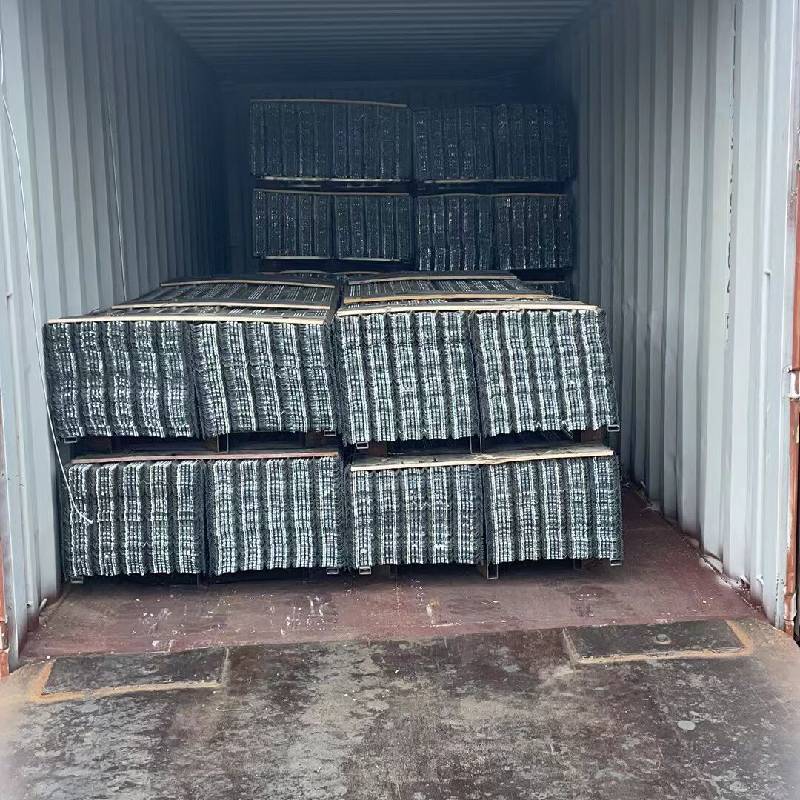
- Mobile Phone
- +8613931874955
- sales@cntcmetal.com
woven steel mesh
The Versatility of Woven Steel Mesh Applications and Benefits
Woven steel mesh is a remarkable material that has gained significant traction in various industries due to its durability and flexibility. Made from interlacing wires of steel, this type of mesh offers numerous applications, including construction, filtration, agriculture, and security. In this article, we will explore the characteristics, benefits, and applications of woven steel mesh, articulating why it has become a staple in many sectors.
Characteristics of Woven Steel Mesh
Woven steel mesh is characterized by its unique construction, where steel wires are woven together in a pattern that grants it strength while maintaining flexibility. This flexibility allows the mesh to be shaped into different forms, making it suitable for a variety of applications. The materials used in woven steel mesh are typically resistant to rust and corrosion, especially when treated or coated, which ensures longevity and quality.
The mesh comes in various sizes and gauges, catering to specific needs and requirements. This adaptability allows engineers and designers to choose the appropriate mesh for their projects, ensuring that it meets both aesthetic and functional demands.
Benefits of Woven Steel Mesh
One of the primary benefits of woven steel mesh is its strength-to-weight ratio. It provides robust support without being excessively heavy, making it ideal for applications where weight is a critical factor, such as in the construction of buildings and bridges. Additionally, woven steel mesh is cost-effective. Its durability means that it can withstand harsh environmental conditions without extensive maintenance, ultimately leading to lower overall costs over time.
Woven steel mesh also allows for superior airflow and light penetration, which can be critical in agricultural settings where crop management is essential
. In the field of filtration, woven steel mesh excels by allowing fluids to pass through while capturing particulates, thus maintaining efficiency in industrial processes.Applications of Woven Steel Mesh
woven steel mesh

The applications of woven steel mesh are extensive
1. Construction and Architecture In construction, woven steel mesh is often used as reinforcement in concrete structures. Its ability to distribute loads evenly can enhance the structural integrity of buildings, retaining walls, and pavements. Architects also employ woven steel mesh for aesthetic purposes, incorporating it into facades and decorative elements.
2. Industrial Filtration Woven steel mesh is a crucial component in various filtration systems. It is used in water treatment facilities, oil refineries, and chemical plants to filter out unwanted particles while allowing liquids to flow freely. The durability of steel mesh means it can withstand the rigors of high-pressure environments.
3. Agriculture In agricultural applications, woven steel mesh is often used to create fences or protective barriers to safeguard crops from animals. Its robust design ensures that it can withstand external pressures, making it a reliable choice for farmers.
4. Security Woven steel mesh is widely utilized in security applications, from fencing around perimeters to grilles that protect windows and doors. Its strong, interlaced structure deters unauthorized access and provides a reliable barrier against intruders.
5. Automotive and Aerospace The automotive and aerospace industries leverage woven steel mesh for various components. Its lightweight yet strong nature can contribute to improved fuel efficiency and performance in vehicles while ensuring safety and stability.
Conclusion
Woven steel mesh has emerged as a versatile and indispensable material across multiple industries. Its unique characteristics—including strength, flexibility, and durability—make it an ideal choice for numerous applications, from construction and agriculture to security and filtration. As industries continue to evolve and seek innovative solutions, the significance of woven steel mesh is likely to grow, solidifying its place as a crucial material in contemporary engineering and design.
share:
-
Why Sacrificial Formwork Is Redefining Underground ConstructionNewsJun.06,2025
-
The Structural Dynamics of Modern Concrete: How Snake Spacers Revolutionize Flexible ReinforcementNewsJun.06,2025
-
Snake Spacers Smart-Lock Concrete Reinforcement with Surgical PrecisionNewsJun.06,2025
-
Snake Spacers: Reinforcement Precision for Modern Concrete ProjectsNewsJun.06,2025
-
Snake Spacers Powering Concrete's Structural DNANewsJun.06,2025
-
Slither into Success: Snake Spacers' Precision Bite for Unbreakable ReinforcementNewsJun.06,2025
-
Sacrificial Formwork: Building Stronger, Faster, and Safer StructuresNewsJun.06,2025



















